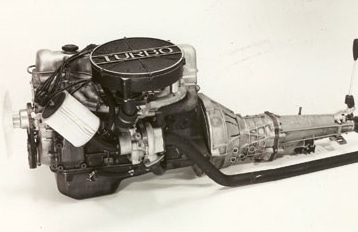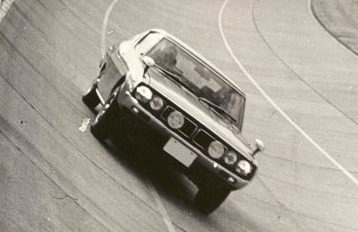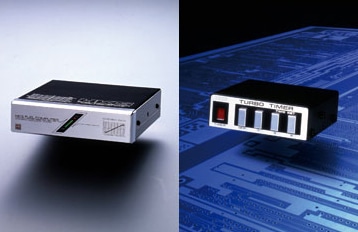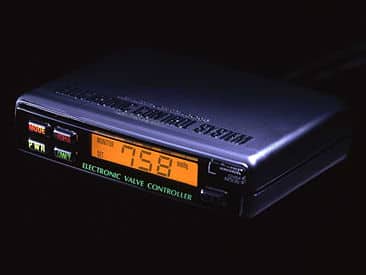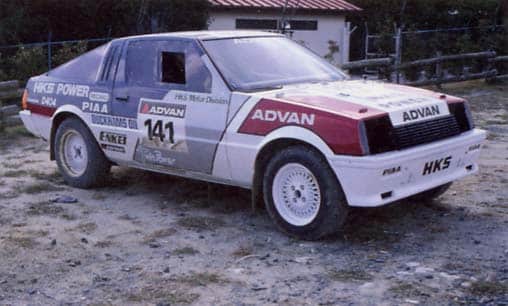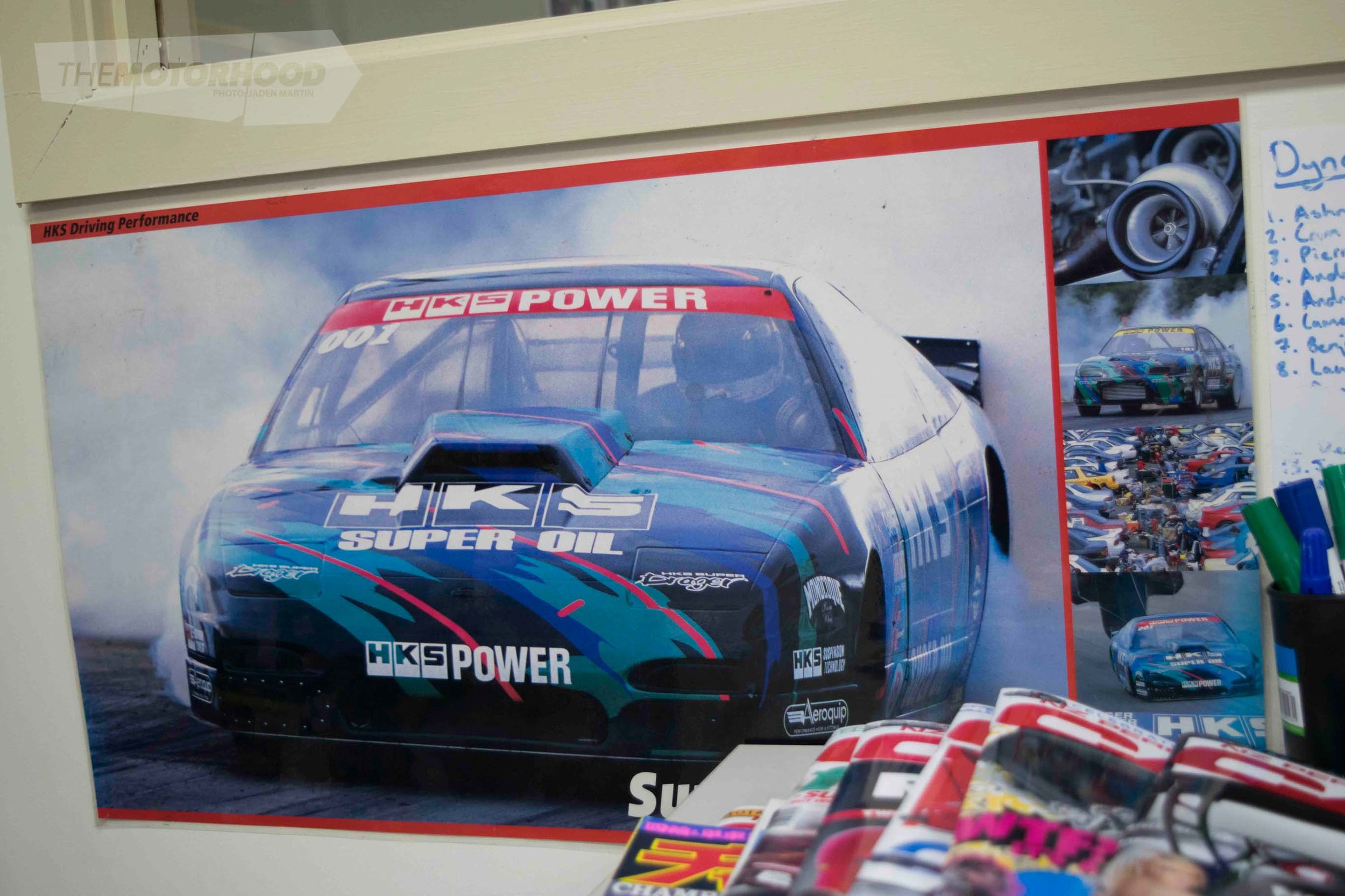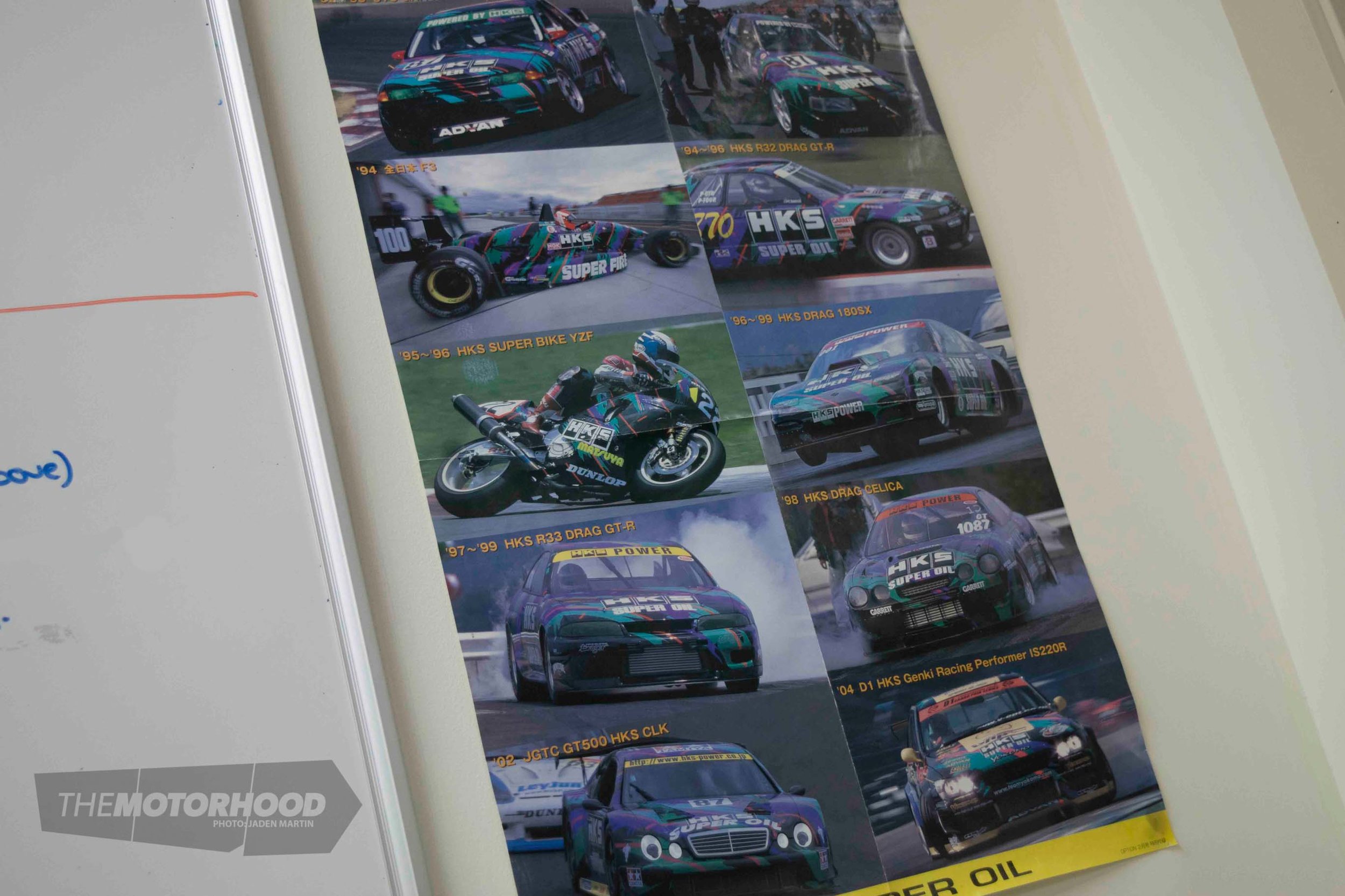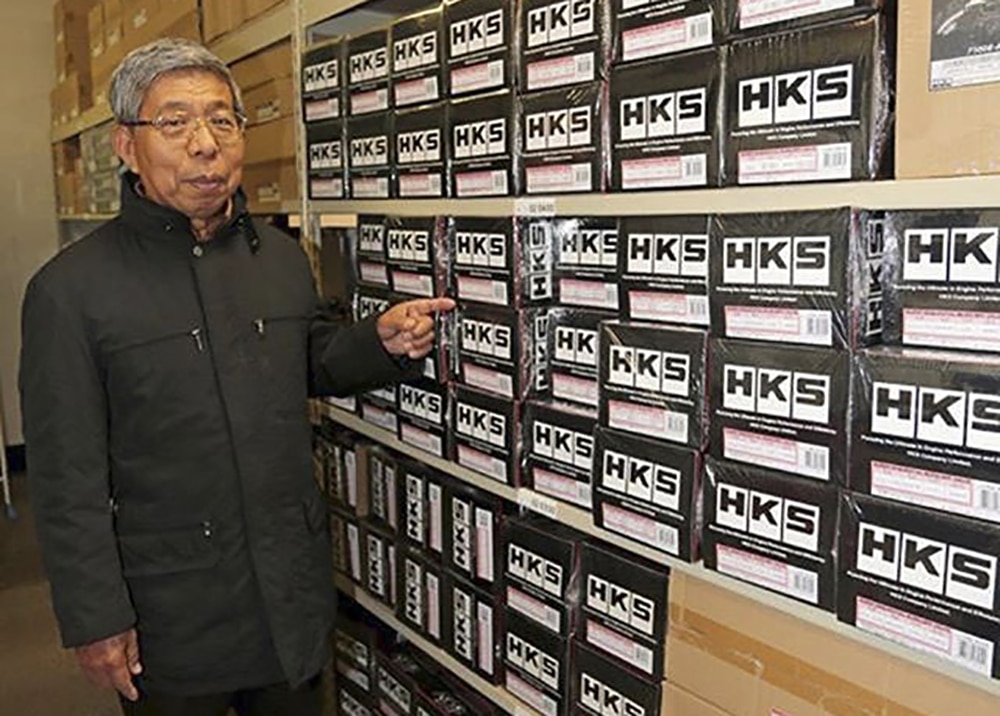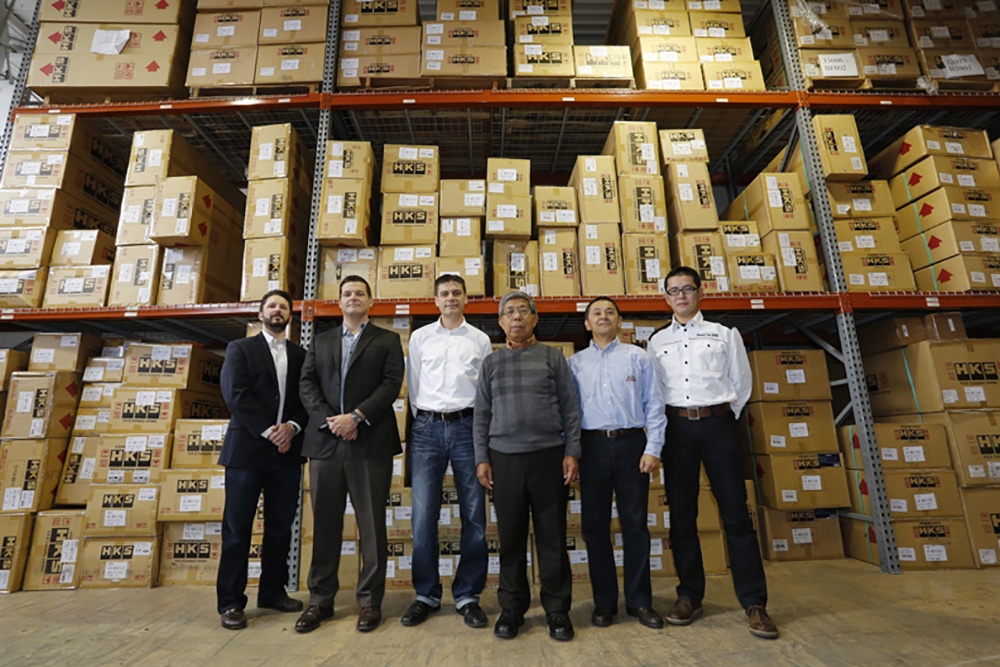We recently received the saddening news that Hiroyuki Hasegawa, co-founder of legendary Japanese tuning house HKS, passed away at 71 years of age.
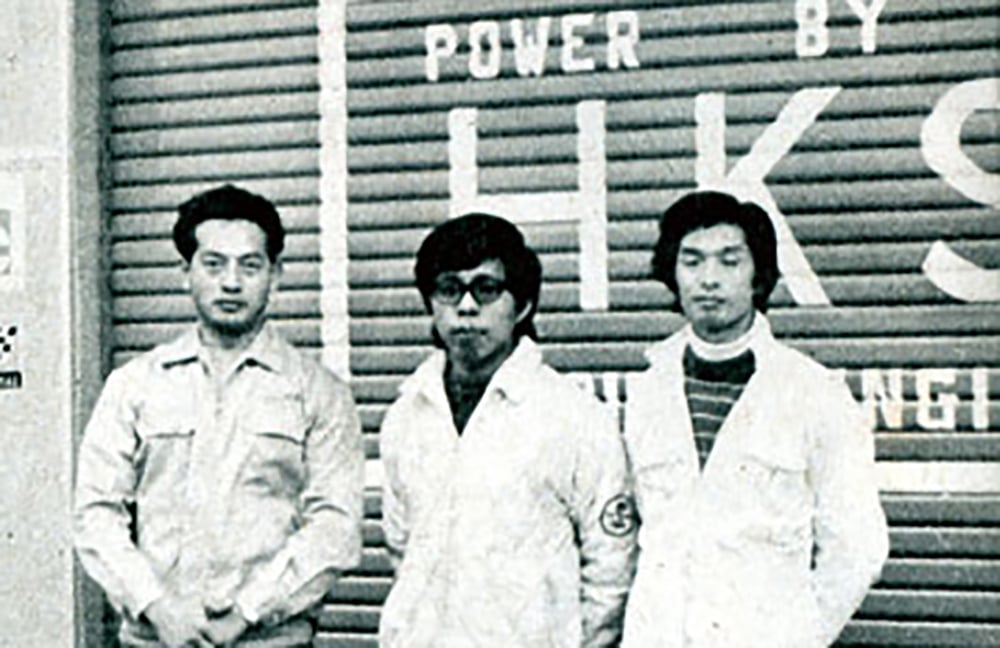
Hasegawa-san, alongside Goichi Kitagawa, and with funding from Sigma Automotive, aka SARD, founded the company in October of 1973, with the ‘H’ from Hasegawa, the ‘K’ from Kitagawa, and the ‘S’ from SARD formating the name HKS. A former Yamaha engineer, Hasegawa-san’s automotive empire had humble beginnings inside a small shed at the base of Mt Fuji in Fujinomiya, Shizuoka Prefecture, Japan. His goal was simple; to develop an ‘original racing engine’ for the Japanese market, and thus HKS set out to create high-performance engines and components that OEM manufacturers could not produce.
In 1973, Hasegawa-san developed the ‘HKS-74E’ engine, but it was never introduced to the world due to a lack of funds. By July 1974, Hasegawa-san had successfully engineered and built the world’s first off-the-shelf turbocharger kit for a passenger vehicle. The FET kit designed for the GC100 Skyline’s L20 engine improved stock power by 40 per cent (115ps to 160ps). This invitation shocked the rapidly expanding local car scene and kicked off the Japanese turbo era — in a mere five years turbochargers began appearing from automakers on stock vehicles.
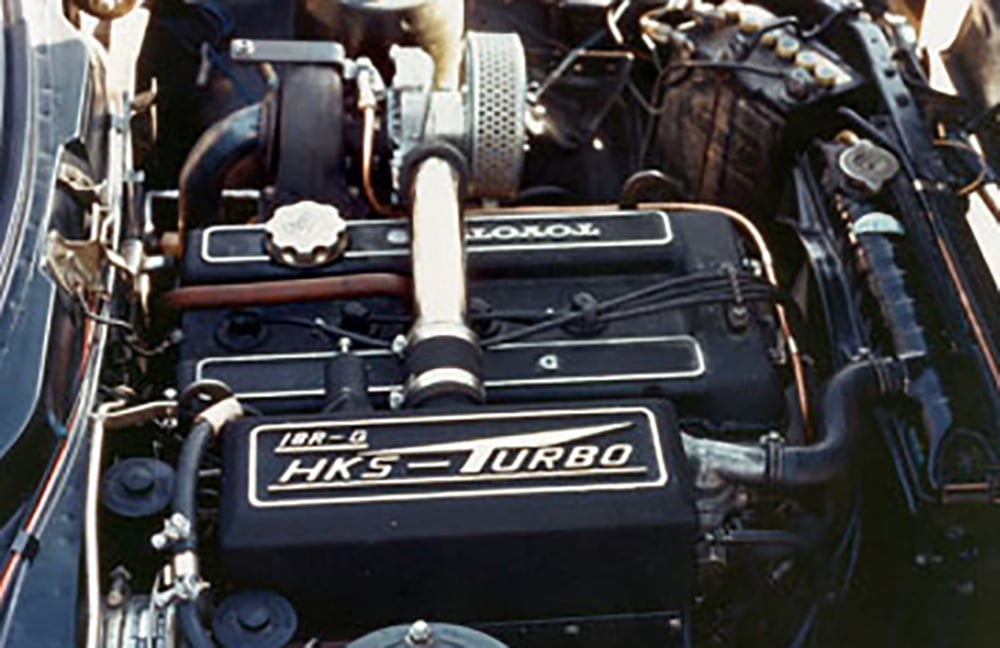
Wanting to better the success of the the FET turbo kit, HKS purchased a turbocharger developed in the United States, quickly reverse-engineering it, and improved upon the design to develop an all-new original kit. These were fitted to carburetted Skyline L20SUs and 18RG-equipped Toyota Celicas. Since then, developing turbocharger upgrades and bolt-on turbocharger kits subsequently became the core business of HKS, and a US subsidiary was established 1981.
The early ’80s saw a boom in electronic fuel injection and other computerized technologies entering the market, to which Hasegawa-san wanted to remain on the cutting edge. In 1982 he developed the first commercially available electronic turbo timer, the F-Con engine-management system, and EVC electronic valve controller.
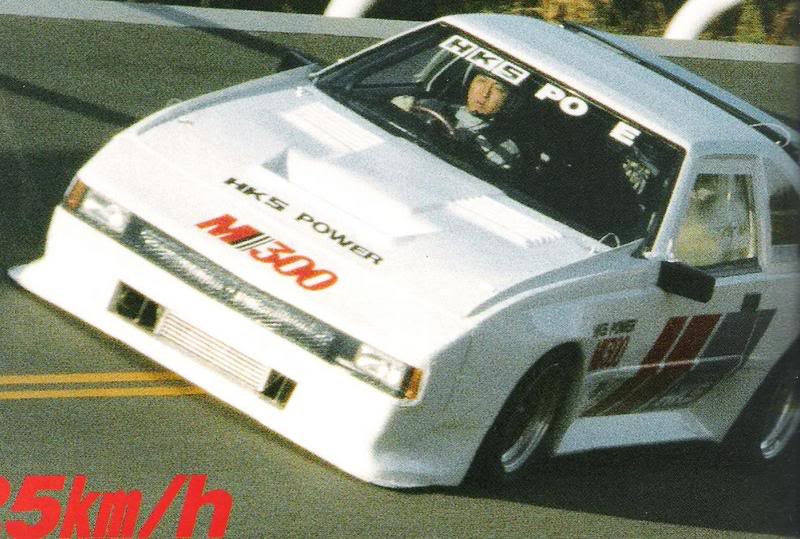
Hasegawa-san played an instrumental role in developing the HKS-made ‘HKS M300’. Based on a Toyota Celica XX, the M300 clocked 301.25km/h at Yatabe Max Speed — the first Japanese automobile to exceed the speed of 300kph. The engine was based on a 5M-G, which underwent a lot of trimming, fine-tuning, and downright magic to achieve the remarkable record. The company even states that “many others have challenged [the record] and failed.”
The company, with Hasegawa-san at the helm, went on to work closely with automotive manufacturers to develop engines for their motor sport programmes. Of note is the HKS 134E, which was built for Mitsubishi’s Ralliart Starion. The entirety of the engine, bar the block, was designed, developed, and built in-house at HKS. It achieved good results, and the HKS 134E went on to contest numerous rallies, and even venture into drag racing in the US.

Building an engine for use in Formula One was a personal dream of Hasegawa-san, and that dream was realized in ’92 with the HKS 300E. The 3.5-litre V12 generated 680ps with a redline of 13,500rpm on pump gas. It was tested inside a Lola T91/50 F3000 chassis, although it was never used in competition. Nonetheless, HKS was able to improve their engineering, technology, and brand value in that year.
In the following years, Hasegawa-san pushed the company to cover practically all motor sport disciplines that were offered locally and abroad; from motorcycles to drag cars. The A70 twin-turbo Supra become the first car to break the eight-second barrier, running a 7:91 in Japan’s RRC drag racing series. HKS also entered into the JTC Group A with their R32 GT-R, which famously wore the iconic blue, green, and purple on black livery that would later be found on nearly all HKS-backed cars.
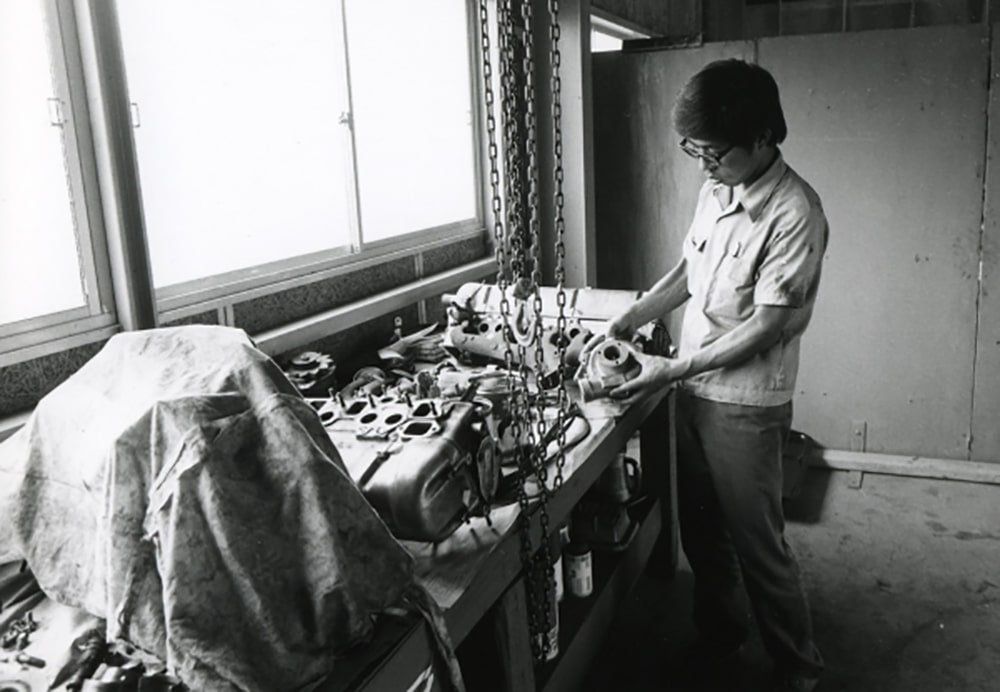
Stepping away from his business achievements to focus on the man himself, those who knew him described Hasegawa-san as a friendly person but, fittingly, was all business — he was even known to adorn the same grey jumpsuit that the company’s employees wore to show he was as much in the trenches as they were.
He was staunch on constantly bettering his previous achievements, and it was common to see the Nissan Skyline Zero-R, Drag GT-R, and HKS Driving Performance drag Supra on the grounds of the HKS headquarters. This wasn’t mere neglect, however, and offers to purchase the Zero-R from Dave Pankew, former editor of Modified Magazine, were refused by Hasegawa-san as he said, “I would never sell a Zero-R to you, no matter what the price. You are a Skyline GT-R owner and this old car doesn’t have the performance expected today and is not reflective of HKS abilities. It would be a dishonour for HKS to have you drive it in America.”
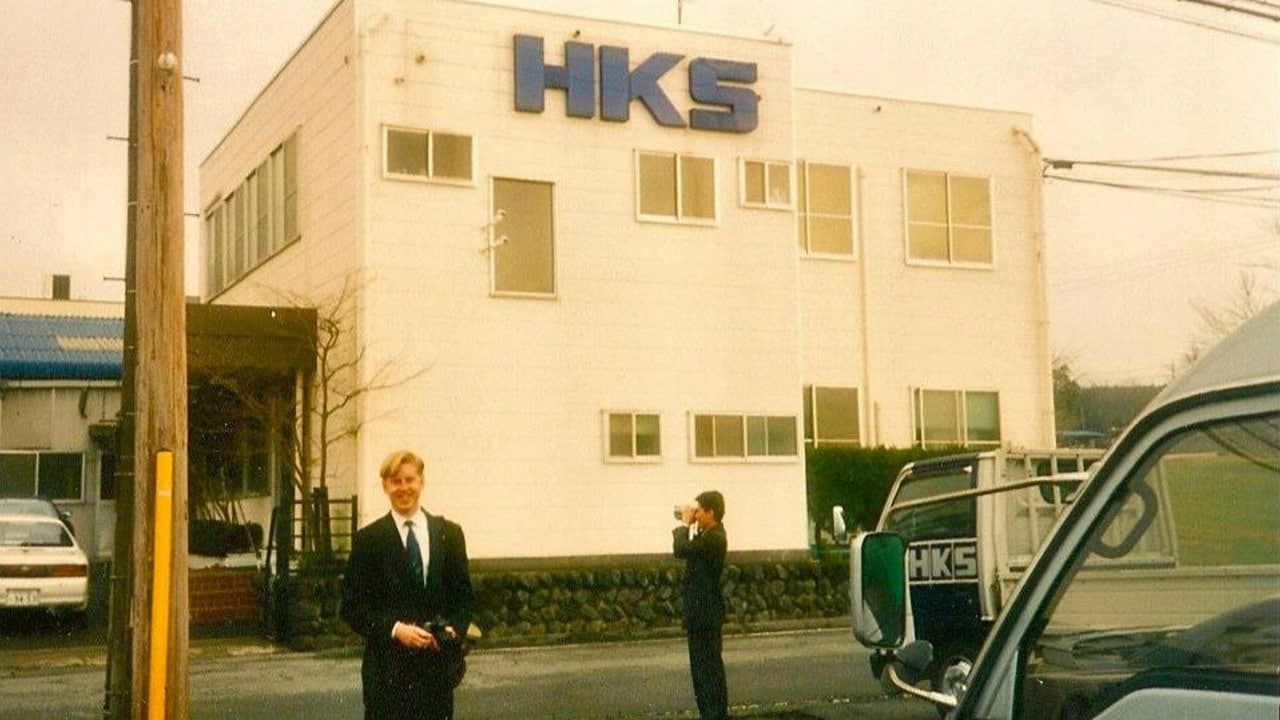
You would be hard-pressed to find a single type of motor sport that Hasegawa-san and his company did not improve, develop, and pioneer in. Credit must be given to him for expanding the Japanese car culture and availability of high-end performance parts to the world. Although he may be gone, his legacy and company continues to thrive.
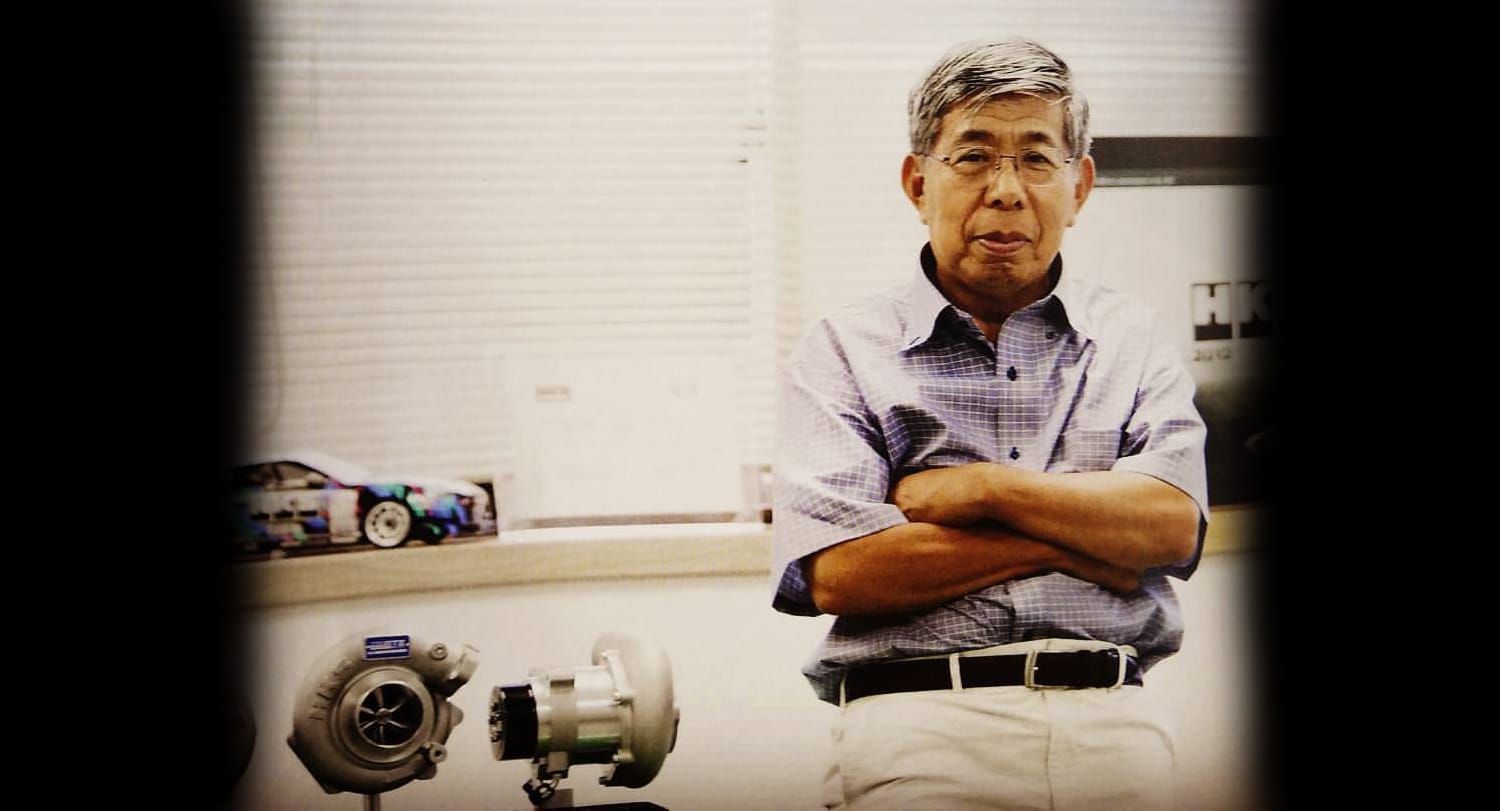
Rest in peace Hiroyuki Hasegawa.
Images: HKS, Japanese Nostalgic Car, James Armstrong Jones, Paolo Arrighi, Rick at Rallysport Direct, Motovicity, Keisuke Morita





